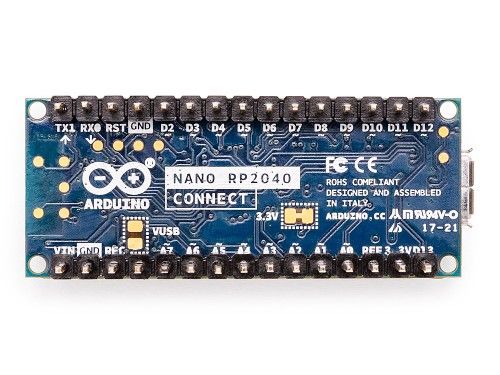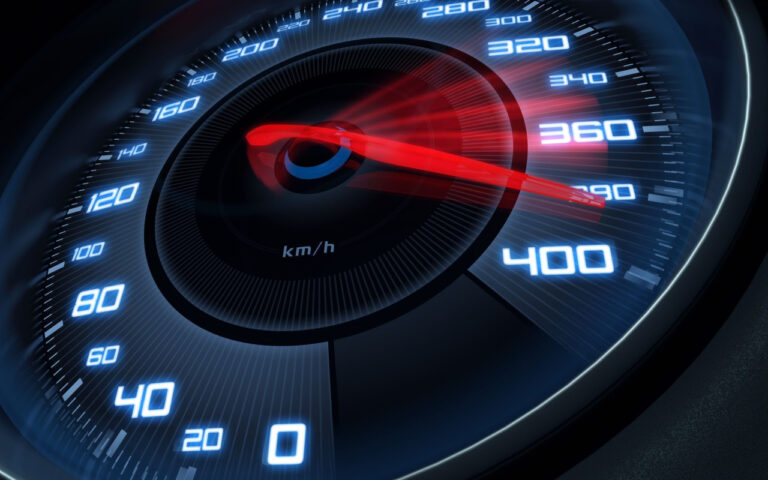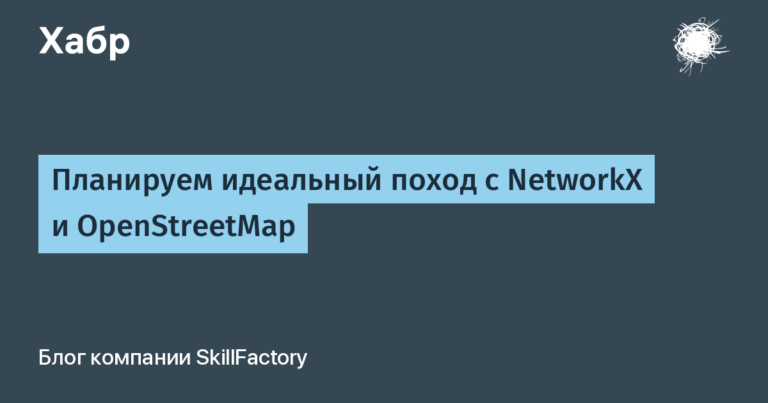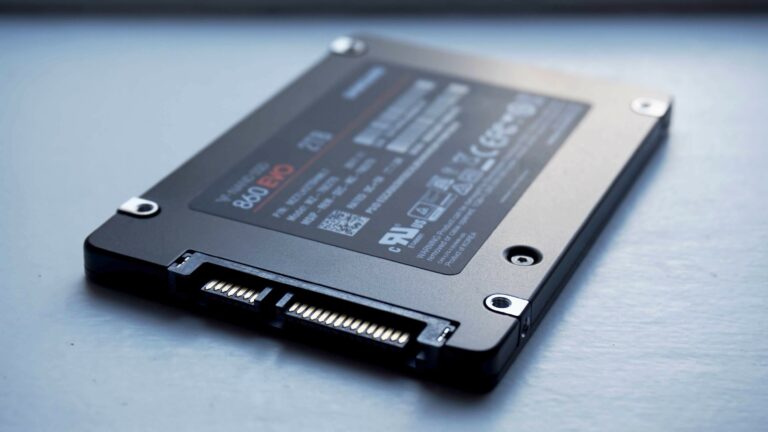Arduino Nano RP2040 Connect: a new “arduinka” with Wi-Fi on board

It seems that Arduino was in no hurry to adapt the RP2040 chip for their boards. Arduino’s own version of the single board was named Arduino Nano RP2040 Connect. As far as you can understand, the board has almost all the advantages of a “raspberry”, plus Wi-Fi, which is often lacking.
Briefly about the characteristics of the board: its basis is the same system-on-a-chip from the Raspberry Foundation. There’s a 133MHz dual-core Arm Cortex M0 +, plus 264KB SRAM and 16MB Flash. The Raspberry Pi Pico has the same amount of memory. Well, now about everything in more detail.

The developers of the board argued their decision to use the RP2040 by the fact that the SoC had already proved its practicality and reliability. There were no problems with the system, despite the fact that it was released recently, the community is expanding, the possibilities of use are also.
Well, the Arduino with additional features is almost an ideal board for developers. It can be used in a large number of projects. According to company representatives, the final result is “Nano on steroids”, a premium version of “arduinka”.
Not a single processor
The board has several important advantages over similar projects, and not only due to its characteristics.
One of the benefits is full Arduino Cloud support. This is a platform released in 2020 for manufacturers and professionals.

It allows you to seamlessly develop, track and monitor your Internet of Things (IoT) projects from anywhere. Interrupted work can be resumed at any time. The platform has everything that developers need:
- Automatically generated code that allows you to quickly implement projects of any complexity. You do not need to be a programmer to work with this function.
- Plug & Play Onboarding – mockup generation when setting up a new device. This feature also speeds up work.
- Mobile application – allows you to access dashboards, track sensor readings, manage your project from anywhere in the world using specialized widgets.
What’s more, the platform also integrates with Amazon Alexa, IFTTT, ZAPIER and Google Sheets, giving developers even more features. Since April this year, representatives of Arduino have expanded the capabilities of the cloud platform and at the same time made it easier to work with it. Any device can interact with each other, connected to Arduino Cloud… Professionals who understand programming can write applications using the Arduino IoT API.
Native support for RP2020 Arduino Mbed Core. Arduino Core is plug-and-play. Developers can easily use existing developments for, say, Nano 33 BLE Sense, in a new board. If you have any experience with Arduino, the new board will submit to the developer in a matter of minutes. Moreover, the company has added support for all RP2040 software.
If there are no developments, you can start from scratch, for which there is the possibility of programming in MicroPython – a special programming language based on Python. A lot is provided, there is even a free OpenMV license for projects in the field of machine vision.
Characteristics of new items
The company has published detailed characteristics on my blog.
Pay | Nano RP2040 Connect SKU: ABX00053 | |
Microcontroller | Raspberry Pi RP2040 | |
USB connector | Micro USB A | |
Pins | Built-in LED | 13 |
Digital I / O pins | twenty | |
Analog Input Pins | eight | |
Analog Output Pins | 0 | |
PWM pins | twenty | |
External interrupts | twenty | |
Wireless connection | Bluetooth | Nina W102 uBlox module |
Wi-Fi | Nina W102 uBlox module | |
Safety | ATECC608A-MAHDA-T Crypto IC | |
Communication | UART | Yes |
I2C | Yes | |
SPI | Yes | |
Food | Circuit operating voltage | 3.3V |
Board Power Supply (USB / VIN) | 5V / 5-21V | |
Battery support | N / A | |
Battery connector | N / A | |
DC Current per I / O pin | 4 mA | |
Frequency | CPU | 133 MHz |
RTC | N / A | |
Memory | AT25SF128A-MHB-T | 16MB Flash IC |
Nina W102 uBlox module | 448 KB ROM, 520 KB SRAM, 16 MB Flash | |
Dimensions (edit) | Weight | 6 g |
Width | 43.18 mm | |
Length | 17.78 mm | |
The capabilities of the board allow you to use it in almost any project without preparation – as they say, “sat down and went.” The most significant achievement can be considered the availability of wireless communication in the form of Wi-Fi and Bluetooth thanks to the installation of the u-blox NINA-W102 chip.
Another important point is the presence of a microphone that can be used for a wide variety of sensors, sensors, sound processing systems, etc. There is also an IMU that opens up additional possibilities.
It should be noted that the location of the GPIO pins does not correspond to the pinout of the Raspberry Pi Pico. But everything is logical here, because the manufacturer is Arduino, respectively, the developers use their own pinout scheme. There are 8 analog inputs at once, which is more than any other board based on RP2040.







